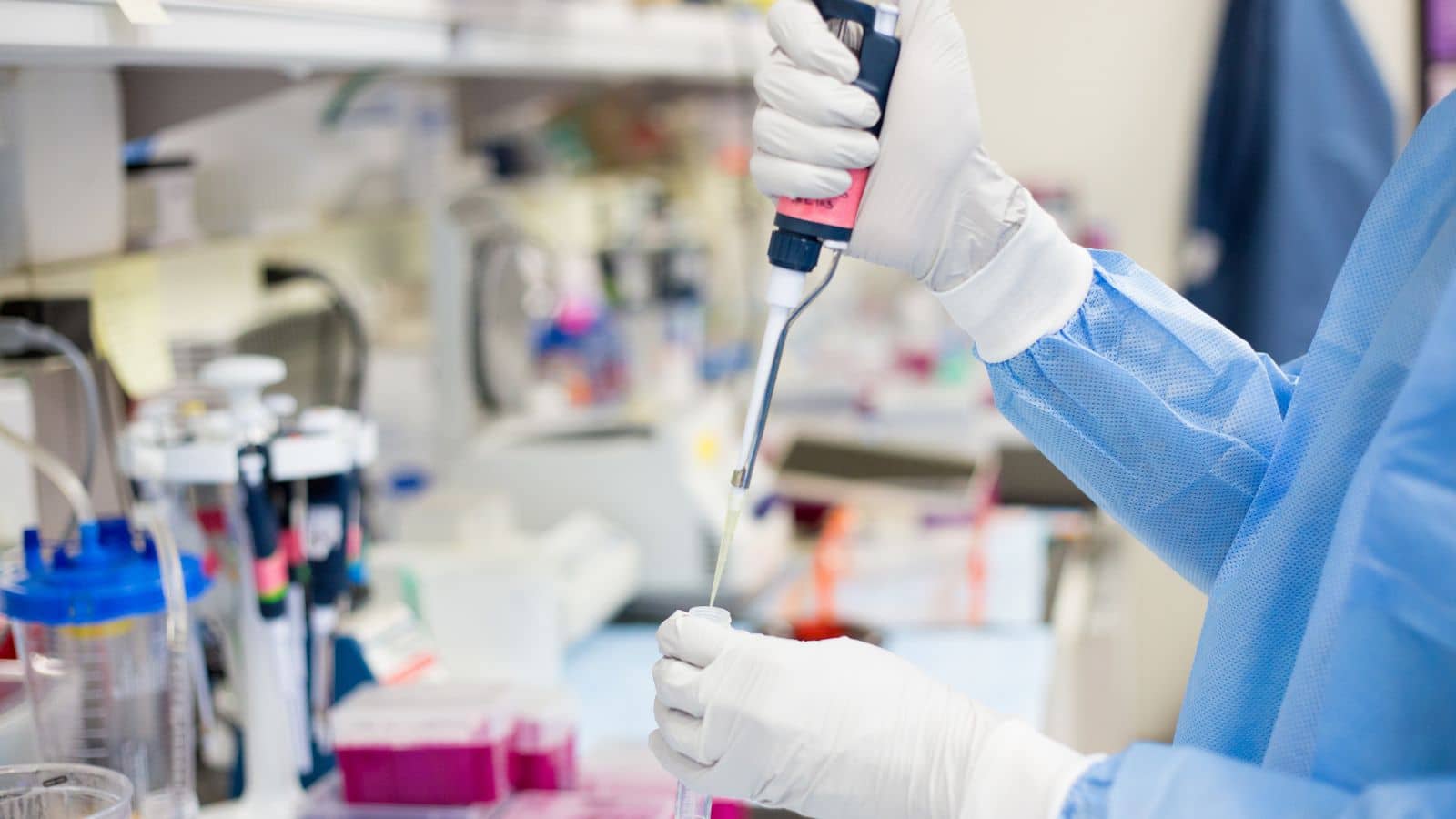Regulatory Affairs Updates
Discover the latest news in Regulatory Affairs
New MDCG Guidance documents released
- Kirsten Van Garsse, Authorized Representative Director & Regulatory Affairs Manager

Specimen receptacles are specimen containers or evacuated or non-evacuated tubes, empty or prefilled with a fixative solution or other general reagent intended for primary containment, preservation, transport and storage of biological specimens (e.g. cells, tissues specimens, urine, faeces) for the purpose of in vitro diagnostic examinations. They are classified in class A.
In line with their definition in Article 2(3) of the IVDR, specimen receptacles are intended for the primary containment and preservation of specimens, i.e. they cannot have any integrated testing functions.
Specimen receptacles may be placed on the market as standalone devices, but also as part of a kit intended for specimen collection or as part of a kit intended for testing. Kits intended for specimen collection must include at least one IVD (specimen receptacle).
The kit may also include devices other than IVDs, such as a medical device or components which are covered neither by the IVDR nor by the MDR.
The use of specimen receptacles or kits intended for specimen collection may require an action performed by the user to collect the specimen, such as mouth wash or gargling, or an action on the specimen to ensure specimen integrity and stability, according to the IFU, such as pipetting or buffer addition (i.e. actions which are not part of the testing procedure).
Kits intended for specimen collection are classified according to the kit’s intended purpose and implementing rule 1.9. Generally, these kits are classified as class A as they contain a specimen receptacle (class A) and other possible IVD components likely to be class A (e.g. buffers). Specimen receptacles and kits intended for specimen collection may be components of a kit intended for testing. They may be CE-marked and classified in their own right according to their intended purpose.
The whole kit intended for testing is classified according to implementing rules 1.8 and 1.9: the intended purpose of the kit will determine its classification. Specimen receptacles and kits intended for specimen collection may be placed on the market separately but intended by the manufacturer to be used in combination with another IVD. In this case implementing rule 1.2 applies: the specimen receptacle or kit intended for specimen collection and the other IVD should be classified independently.
Regarding specimen receptacles and kits intended for specimen collection intended to be used by lay persons:
- Specimen receptacles or kits intended for specimen collection intended for lay persons and placed on the market separately from the testing device are not considered devices for self-testing.
- A specimen receptacle or a kit intended for specimen collection may be a component of a kit intended for testing in which the lay person not only collects the specimen but also performs one or more actions that are part of the testing procedure. In this case, the whole kit intended for testing is considered a device for self-testing (see Rule 4). As components of the kit intended for testing, the specimen receptacle or specimen collection kit may be CE-marked and classified in their own right according to their intended purpose and would not themselves be considered devices for self testing.
As a reminder, according to Article 1(3)(b), invasive sampling products or products which are directly applied to the human body for the purpose of obtaining a specimen are themselves not IVDs.
EXAMPLES (non-exhaustive)
- A standalone urine collection cup, a stool container, a saliva collection tube or a blood spot collection card (e.g. specimen collection via finger-prick) intended for subsequent in vitro diagnostic examination are in class A.
- Standalone kits intended for the collection of saliva by the lay person for the purpose of detection of SARS-CoV-2 (by another device placed on the market separately) are in class A.
- Standalone kits intended for the collection of stool by the lay person for the purpose of faecal occult blood detection in colorectal cancer screening by a professional laboratory (with another device placed on the market separately), including a paper sheet to collect stool, a plastic stick to collect samples and a pre-filled tube for conservation and transport are in class A.
What does it mean to you?
MDCG 2020-16 Revision 3 is crucial for all IVD manufacturers uncertain about classifying their IVDs. It is especially important for those manufacturing specimen receptacles, as it offers further clarification on their classification.
Get in touch with our experts
Did you find this article interesting? Thanks for sharing it with your network:
Here you find all news related to Regulatory Affairs